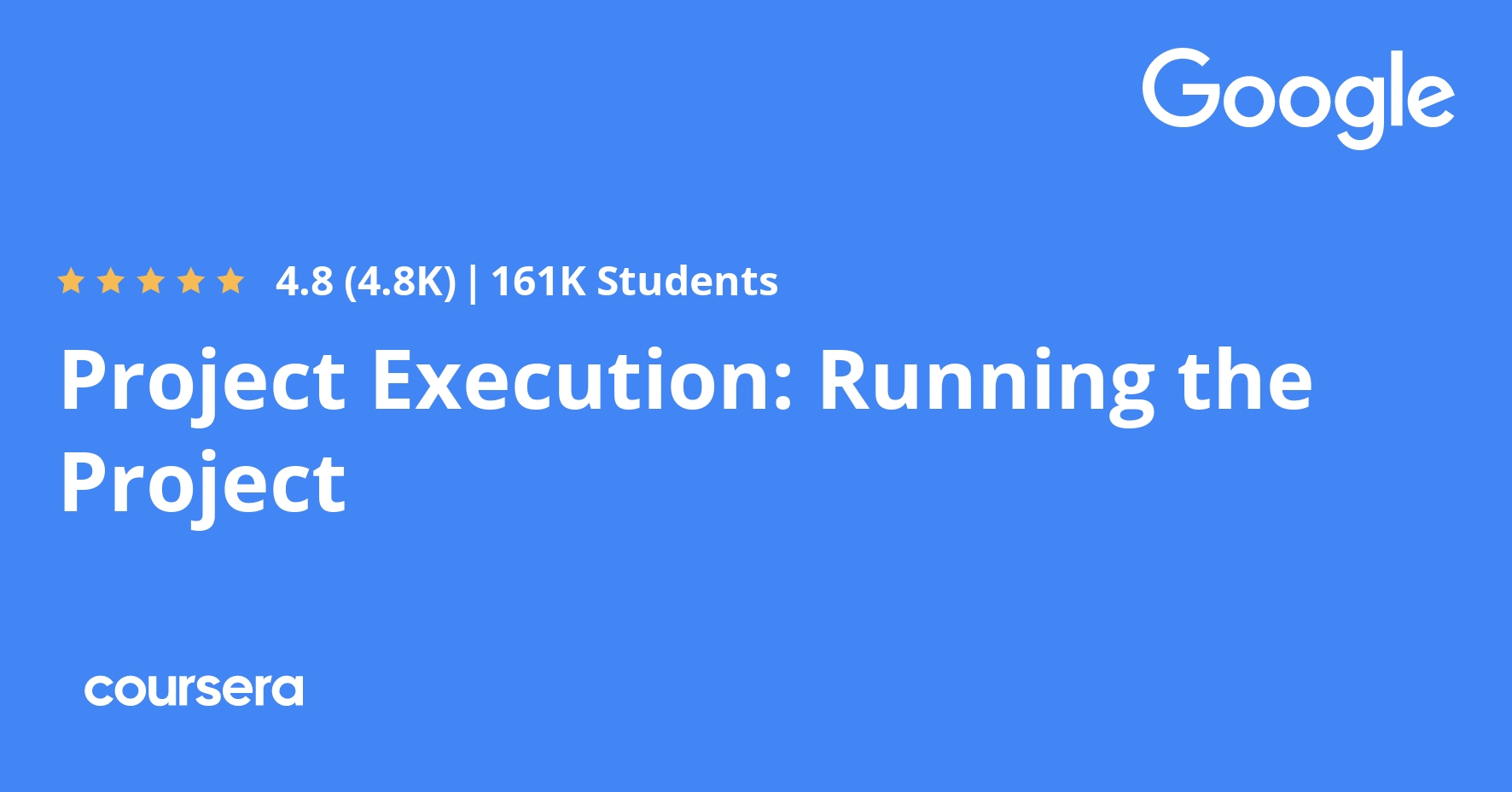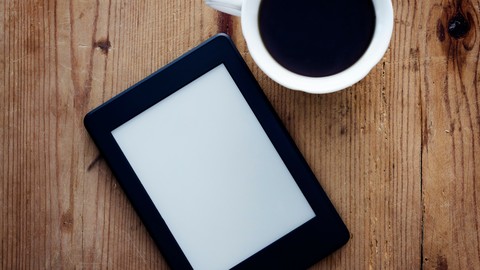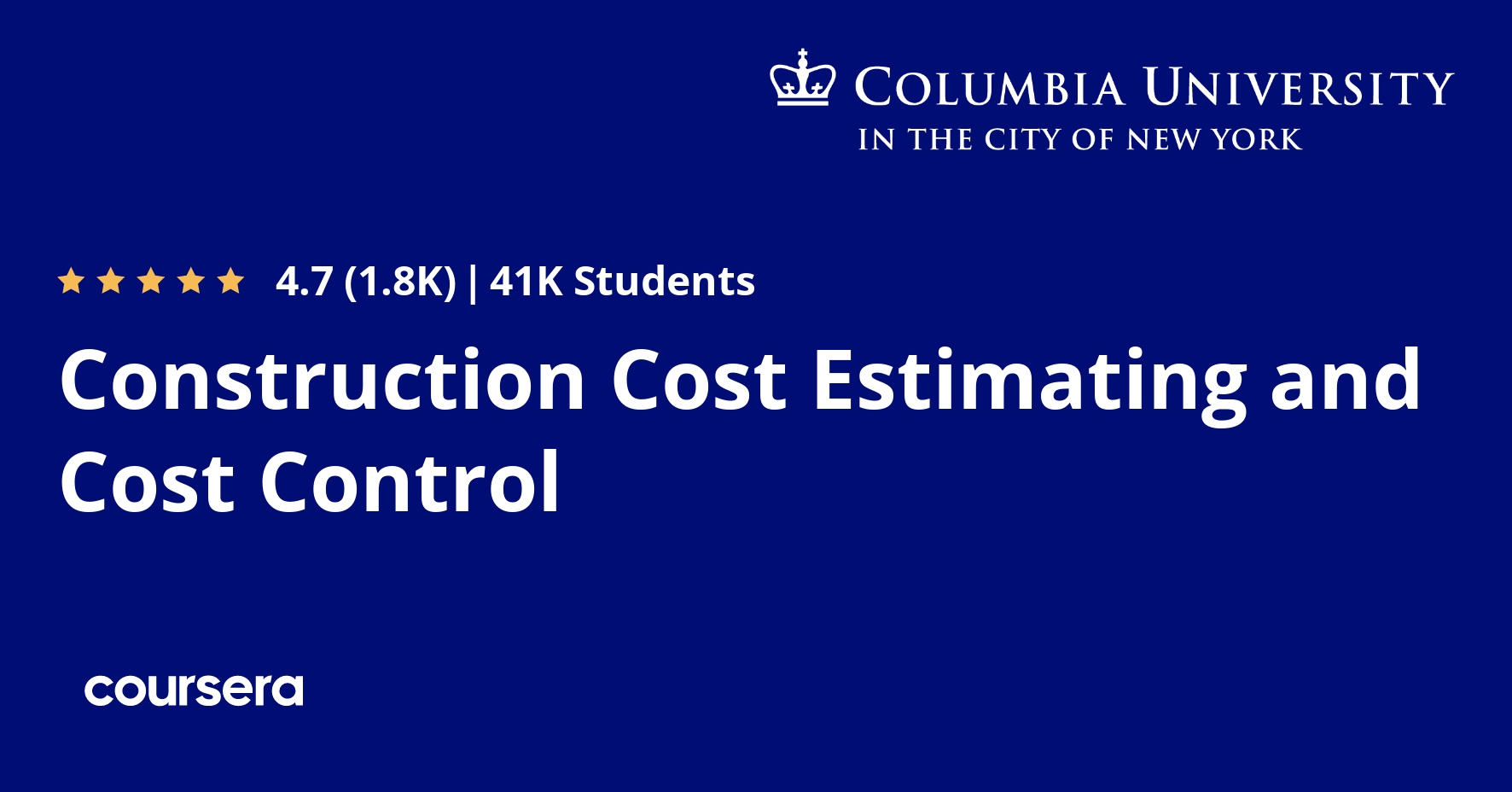Description
One of the most important skills of successful data scientists and data analysts is the ability to tell a compelling story by visualizing data and findings in an approachable and stimulating way. In this course you will learn many ways to effectively visualize both small and large-scale data. You will be able to take data that at first glance has little meaning and present that data in a form that conveys insights.
This course will teach you to work with many Data Visualization tools and techniques. You will learn to create various types of basic and advanced graphs and charts like: Waffle Charts, Area Plots, Histograms, Bar Charts, Pie Charts, Scatter Plots, Word Clouds, Choropleth Maps, and many more! You will also create interactive dashboards that allow even those without any Data Science experience to better understand data, and make more effective and informed decisions.
You will learn hands-on by completing numerous labs and a final project to practice and apply the many aspects and techniques of Data Visualization using Jupyter Notebooks and a Cloud-based IDE. You will use several data visualization libraries in Python, including Matplotlib, Seaborn, Folium, Plotly & Dash.
What you will learn
Introduction to Data Visualization Tools
In this module, you will learn about data visualization and some of the best practices to keep in mind when creating plots and visuals. You will also learn about the history and the architecture of Matplotlib and learn about basic plotting with Matplotlib. In addition, you will learn about the dataset on immigration to Canada, which will be used extensively throughout the course. Finally, you will briefly learn how to read csv files into a pandas dataframe and process and manipulate the data in the dataframe, and how to generate line plots using Matplotlib.
Basic and Specialized Visualization Tools
In this module, you learn about area plots and how to create them with Matplotlib, histograms and how to create them with Matplotlib, bar charts, and how to create them with Matplotlib, pie charts, and how to create them with Matplotlib, box plots and how to create them with Matplotlib, and scatter plots and bubble plots and how to create them with Matplotlib.
Advanced Visualizations and Geospatial Data
In this module, you will learn about advanced visualization tools such as waffle charts and word clouds and how to create them. You will also learn about seaborn, which is another visualization library, and how to use it to generate attractive regression plots. In addition, you will learn about Folium, which is another visualization library, designed especially for visualizing geospatial data. Finally, you will learn how to use Folium to create maps of different regions of the world and how to superimpose markers on top of a map, and how to create choropleth maps.
Creating Dashboards with Plotly and Dash
In this module you will get started with dashboard creation using the Plotly library. You will create a dashboard with a theme `US Domestic Airline Flights Performance`. You will do this using a US airline reporting carrier on-time performance dataset, Plotly, and Dash concepts learned throughout the course. Hands-on labs will follow each concept to make you comfortable with using the library. Reading lists will reference additional resources to learn more about the concepts covered.






